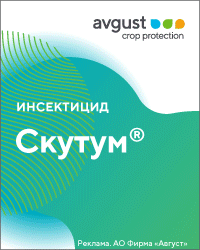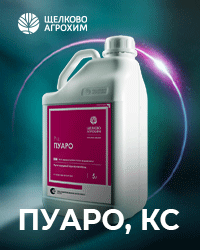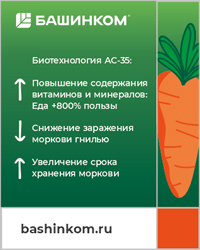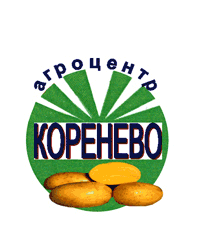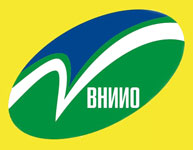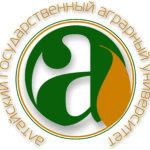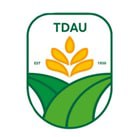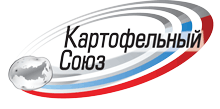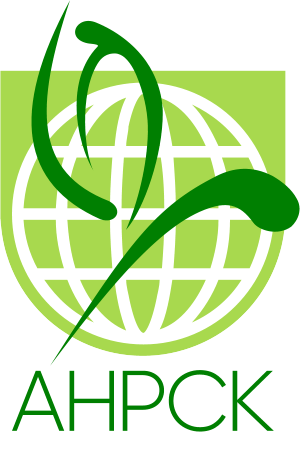УДК 635.64: 631.67
https://doi.org/10.25630/PAV.2019.29.90.002
D.I. Engalychev, N.A. Engalycheva, A.M. Menshikh
The article presents experimental data on the effect of drip irrigation on the yield and quality of tomato fruits when growing crops in open ground of the Moscow Region. On fertile alluvial meadow soils of the Moscow river floodplain, with the observance of agricultural technology without irrigation, the field yield of tomato hybrid F1 Donskoi on average for three years of research was 31.9 t/ha, with irrigation 48.5 t/ha, incl. standard production 42.6 t/ha.
Keywords: tomato, drip irrigation, yield, fruit quality.
D.I. Engalychev, research fellow, department of industrial technologies and innovations. E-mail: dzhafar84@bk.ru
N.A. Engalycheva, junior research fellow, department of greenhouses industry and mushrooms growing. E-mail: anikeeva-nataliy@mail.ru
A.M. Menshikh, PhD, leading research fellow, department of industrial technologies and innovations. E-mail: admin@vniioh.ru
ARRIVG – branch of FSBSI FSVC
- Vaneyan S.S., Menshikh A.M. Irrigation regime, methods and ways of vegetables and melons watering in different zones of the Russian Federation (manual). Moscow: Russian Agricultural Academy. VNIIO. 2010. 82 p. (In Russ.).
- Tomato in the open ground of Central Russia. I.K. Petra, E.I. Petra, M.G. Ibragimbekov, T.A. Tereshonkova, A.N. Khovrin. Potato and vegetables. 2015. No. 10. Pp. 36–38. (In Russ.).
- Menshikh A.M., Vaneyan S.S. Standards soil moisture at vegetable crops cultivation. Irrigated agriculture. 2017. No.1. C. 17–18. (In Russ.).
- Litvinov S.S. Methods of field experience in vegetable growing. Moscow. VNIIO. RASHN. 2011. 648 p. (In Russ.).
- Borisov V.A., Litvinov S.S., Romanova A.V. Quality and storageability of vegetables. Moscow. 2003. 627 p. (In Russ.).

